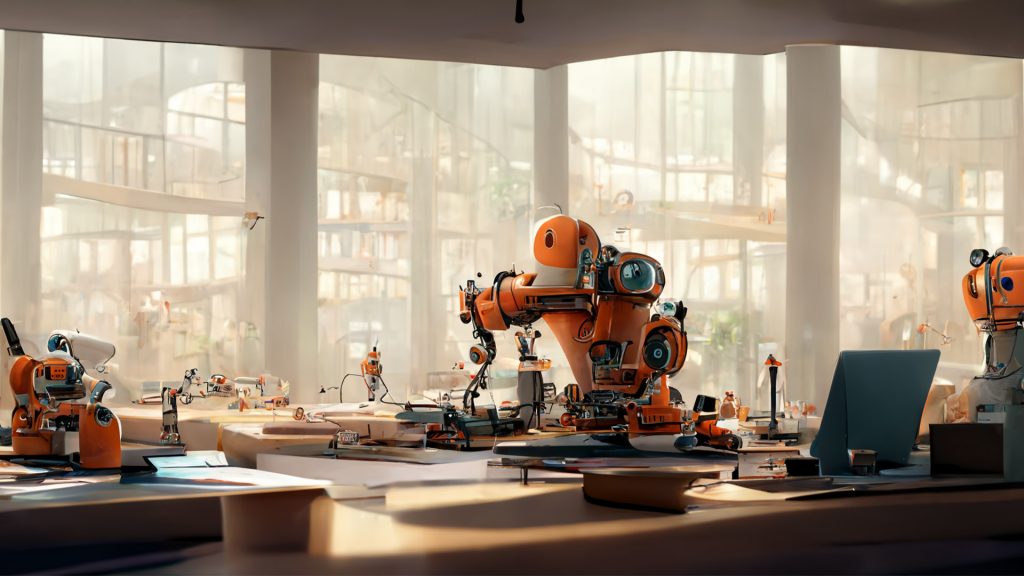How digitising offsite construction and moving to a process of Fabrication Integrated Modelling (FIM) will save the planet
The next generation of buildings will have to be designed and built differently.
When connecting the dots, it is no wonder that 40% of CO2 is produced by the building industry alone. “Traditional” mainstream construction has proven to be unsustainable, inefficient, and unaffordable. It’s time for a change.
Towards a new industrial revolution
As Einstein allegedly said: “The definition of insanity is to do the same thing over and over again and expect different results.” Going by this example, the results we see today are inevitable.
Perhaps, these two facts tell the story better than any dystopian diagram:
- A city the size of Paris is being built every week.
- Only 1% of buildings actually meet sustainability standards and goals laid out by world government, according to a recent study by World Construction Forum. To make things worse, these numbers are not decreasing but exponentially rising due to labour shortage and material supply chain issues.
So, what needs to happen? Just look at the manufacturing world before and after the industrial revolution. The prices of commodity products like cars, furniture, clothing and more have decreased by x10 when compared to 100 years ago and their CO2 emissions due to manufacture have dropped due to standardisation.
Just like in all other manufacturing fields, the solution for tomorrow’s buildings is the trinity: industrialisation, scale, repetition.
But how can you industrialise a building? A building is not a shoe or a car. It has embedded attributes which require customisation.
Not all buildings are created equal. But they are darn similar
Welcome to the age of AI and “buildings as products.” Let’s start with the basics:
Why is industrialised construction sustainable? Industrialising construction consists of a few benefits vital to decarbonisation:
- Controlled manufacturing: Navigating CO2 emissions through automated EPD approved assembly lines.
- Reducing material waste through manufacturing standardisation.
- Increasing work efficiency through automated production around the clock.
Ultimately, this not only helps reduce CO2 on an individual basis, but, perhaps most importantly, creates a scalability effect able to reduce costs.
The equation is simple: produce more, produce repetitively in a controlled environment, and save CO2, cost, and time… the holy trinity.
The missing link
Simple, right? With all this said, we must remember that prefab methods have been around since the 70s and are notorious for creating repetitive socialist blocks all over the world. This, however, is rapidly changing thanks to mass customisation manufacturing abilities and, most importantly, AI-aided design tools that can help us design for machines.
Contrary to DfMA, FIM doesn’t only talk about the outcome, but, more importantly, about the process. The ability to unlock the knowledge for the industry without requiring it to change, and empowering the masses
To build smart, you need to plan smart, and that’s where AI comes into play.
Contrary to shoes or furniture, buildings cannot be 100% replicated, nor should they be.
Fabrication Integrated Modelling (FIM)
In today’s world, BIM is essentially a geometry canvas. Any data on top of that is a bonus, an expensive bonus delivered by expensive consultants (we already mentioned only 1% of buildings being sustainable and there is a reason).
Standard BIM solutions don’t provide real insight about what we should be designing and how it should be designed. This is the main challenge of my work with Foldstruct — empowering the planning process with embedded knowledge that makes all the difference with a term I call Fabrication Integrated Modelling (FIM).
Contrary to DfMA, FIM doesn’t only talk about the outcome, but, more importantly, about the process. The ability to unlock the knowledge for the industry without requiring it to change, and empowering the masses.
Sustainability=data
To reach net zero buildings, we need data! Data about materials, about life cycle assessment, and energy usage and about cost.
The data pillars of sustainability There are multiple ways to analyse a building’s sustainability. From multi physics analysis to supply chain footprint. However, all these can be nested in the following metrics.
- Embodied carbon – The amount of CO2 emitted in the production/manufacturing process.
- Operational carbon – The amount of carbon emitted during the building’s operational lifecycle, with each one having its own sub-metrics.
A building is more than the sum of its parts
Unlike common belief, there is no standardisation or one system that fits all. In fact, industrialised and modular methods include hundreds of different methods, materials systems, and manufacturers, each one having its advantages and disadvantages and demanding design optimisation.
Just to name a few: prefab 3D capsules, flat packed panelised systems, casted prefab element assemblies, dry connection systems and more. Now add to that different structural material systems such as concrete, wood or steel, and you can see how the number of variations grow exponentially.
The new age of planning
What all these do have in common, is that they all share the need for design optimisation to be integrated in projects.
With so many options and variations to choose from, it is no wonder that standard planning tools and methodologies cannot begin to provide solutions for embedding them.
Repeating success with AI
A recent study conducted on two best practices projects in London has shown a 35% CO2 reduction when compared to standard construction methods. So, can we duplicate this to the rest of the market? Yes and no.
As mentioned, every method has its strength and weakness, and is usually intended for a certain type.
For instance, 3D prefab ‘capsules’ work wonderfully when containing repetitive enclosed units such as small hotel rooms, student housing or sanitation room pods. However, they are much less efficient where custom sizes are needed, or for larger spaces that cannot be enclosed in a capsule.
Panelised systems are wonderful for large scale projects and provide an optimal solution for flat packed shipping. However, they require standardisation and large scale production.
What’s next?
This is exactly where AI comes into play. I believe we will soon see a merge of manufacturing integrated in design stages and create buildings as living products. With the great advancements in AI being created on a daily basis, it is only a matter of time before we can design optimal buildings at the click of a few buttons.
Tal Friedman is an architect and construction-tech entrepreneur active in automated algorithm-based design-to-fabrication. His work explores new possibilities for transforming the built environment through innovative use of materials and creating new typologies for architecture and structural purposes. Tal has also presented at NXT BLD.







